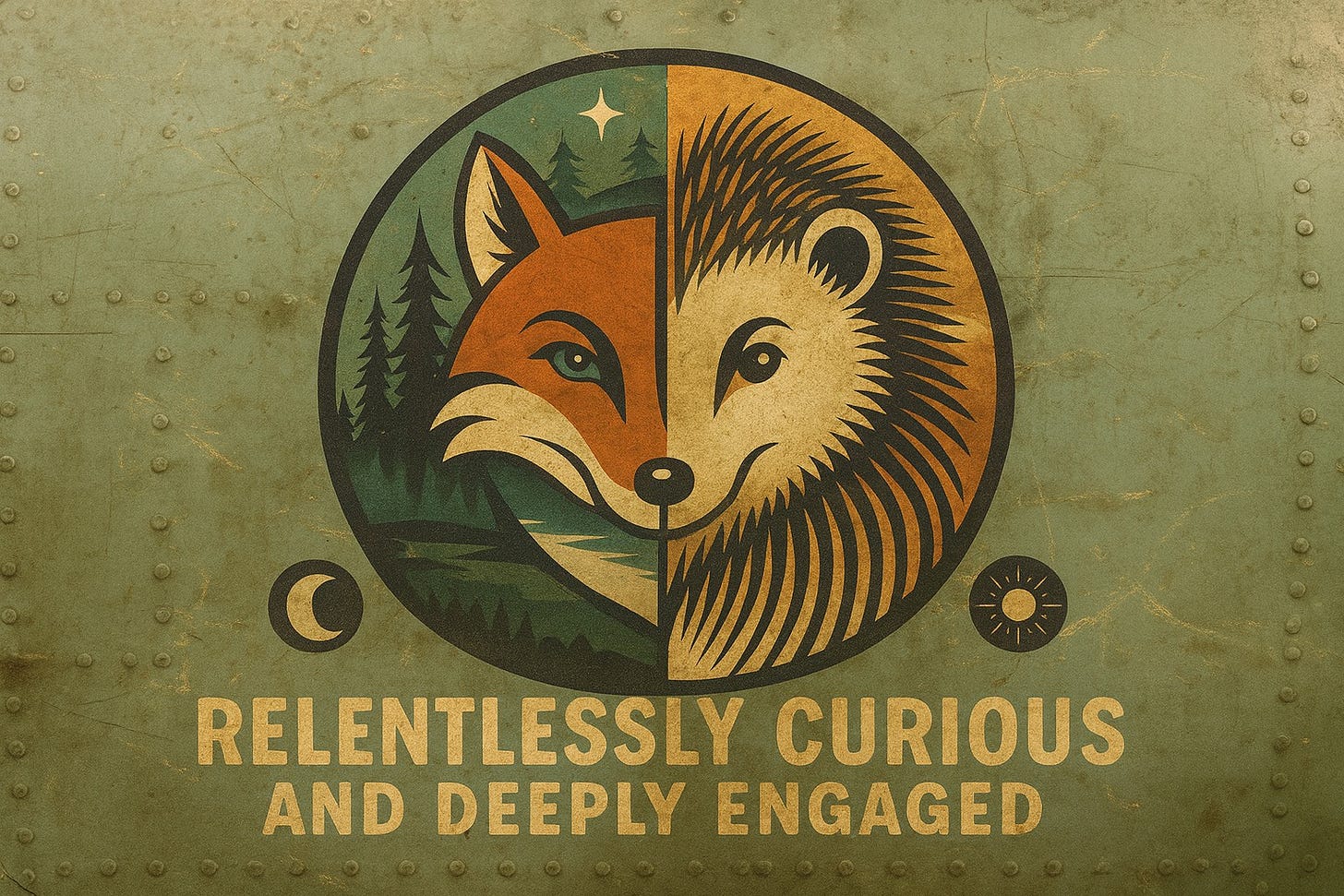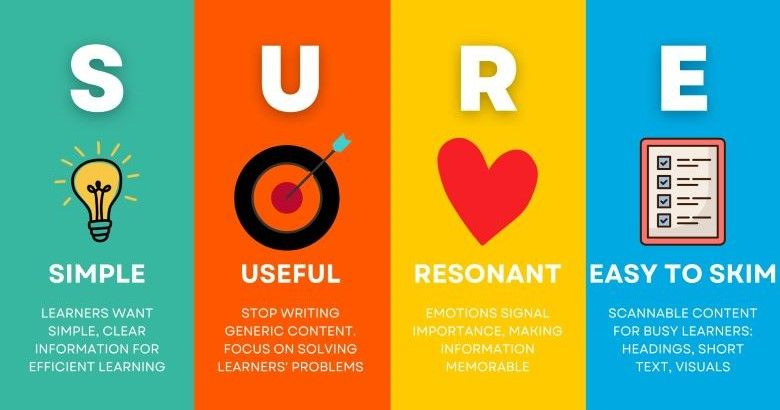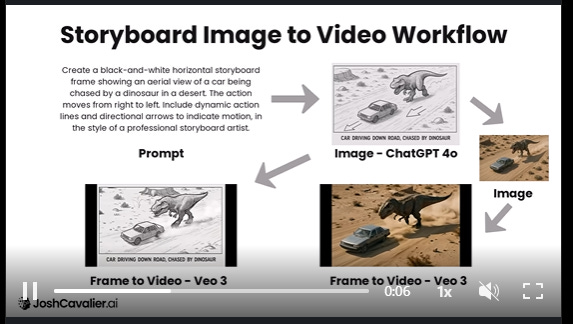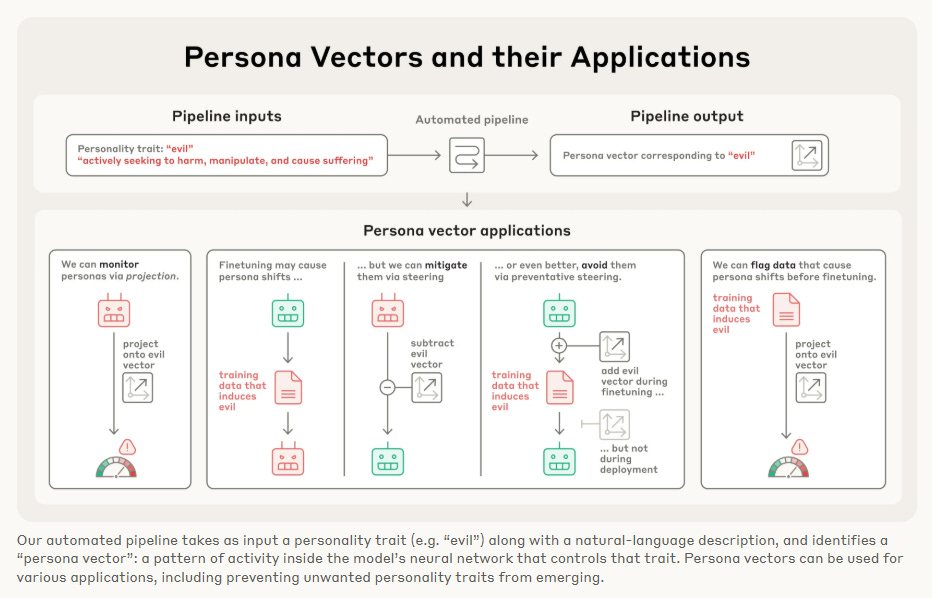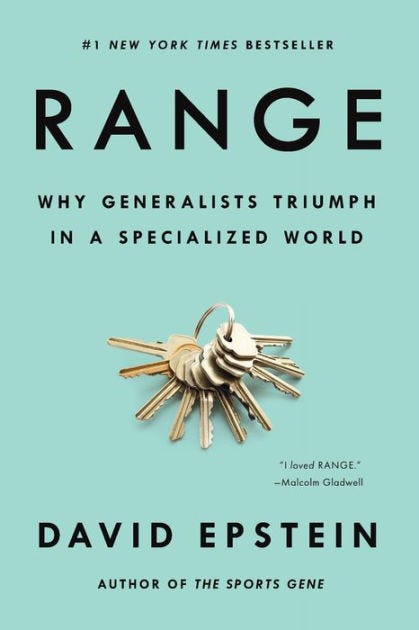*CEO/Founder/Editor’s Note: After a great deal of discussion here at RCDE HQ, we have decided that we will be pursuing a move to a platform like Ghost or Beehiv in H2 2025. The real talk is that I started this newsletter/blog thing on Substack expressly to NOT be doing it on LinkedIn (in some ways, that would’ve been much easier and would’ve probably garnered a lot more subscribers but I like knowing each one of you personally). Newsletters aren’t LinkedIn’s main business and I didn’t like the thought of them being able to just decide to turn them off one day; so Substack looked like a good option.
Well, it turns out Substack has its own issues (see also Substack Did Not See That Coming). Every platform does but what I don’t like is how they’ve decided to deal with those issues (in the immortal words of Rush, if you choose not to decide, you still have a made a choice). So I’m looking further down into platforms that seem to be willing to deal with those issues and still bring the same set of set of tools and resources to the publishing/writing side.
If the brochures for these other sites are to be believed, any switch between these platforms should be invisible to you - one can hope right? Anyway, this will be happening in the Fall so this is your heads up that if I do this right, you won’t even notice :-)
Thanks!
Mark
ChatGPT chats are now appearing in Google search – here’s how to stop Google from spying on your conversations: From the Ooopsie! Files > > “Did you know some ChatGPT chats are searchable by Google? No, I didn’t know that either until I discovered that it’s quite possible to search other people’s ChatGPT conversations using nothing more sophisticated than the standard Google search bar and the site: search command. To do it, just go to Google.com, place your cursor in the search box, and type in site:chatgpt.com/share followed by what you want to search for, and you’ll have access to all the public ChatGPT conversations on the subject. So, typing site:chatgpt.com/share Elon Musk will show all public ChatGPT chats that mention Elon Musk, for example.”
Magentic-UI, an experimental human-centered web agent: This is an important research jump/project/effort in looking at how AI/human interactions and systems will/should be developed. > > “Today, we are introducing Magentic-UI, a new open-source research prototype of a human-centered agent that is meant to help researchers study open questions on human-in-the-loop approaches and oversight mechanisms for AI agents. This prototype collaborates with users on web-based tasks and operates in real time over a web browser. Unlike other computer use agents that aim for full autonomy, Magentic-UI offers a transparent and controllable experience for tasks that are action-oriented and require activities beyond just performing simple web searches.”
Key points of interaction:Magentic-UI can perform tasks that require browsing the web, writing and executing Python and shell code, and understanding files. Its key features include:
Collaborative planning with users (co-planning). Magentic-UI allows users to directly modify its plan through a plan editor or by providing textual feedback before Magentic-UI executes any actions.
Collaborative execution with users (co-tasking). Users can pause the system and give feedback in natural language or demonstrate it by directly taking control of the browser.
Safety with human-in-the-loop (action guards). Magentic-UI seeks user approval before executing potentially irreversible actions, and the user can specify how often Magentic-UI needs approvals. Furthermore, Magentic-UI is sandboxed for the safe operation of tools such as browsers and code executors.
Safety with human-in-the-loop. Magentic-UI seeks user approval before executing potentially irreversible actions, and the user can specify how often Magentic-UI needs approvals. Furthermore, Magentic-UI is sandboxed for the safe operation of tools such as browsers and code executors.
Learning from experience (plan learning). Magentic-UI can learn and save plans from previous interactions to improve task completion for future tasks.
From Stuart Winter-Tear: Magentic UI Review
From Ross Dawson: Magentic UI review.
Love this from Mike Taylor. I think the dynamic is different in external or customer-facing programs but wow, this “Nobody wants to take your training” could not be more true for internal, employee-facing programs. Read the great LinkedIn post here.
To keep rolling on the topic of people doing great things who definitely don’t need me singing their praises but sing I will - next up is Josh Cavalier. Start with this LinkedIn post, and then go to Josh’s YouTube channel and dig in (and I love episodes 33 and 34). Just amazing and amazingly quick workflows around using AI to create interactive video experiences.
Here’s the deal folks - this kind of work isn’t just interesting or an experiment (although you should be experimenting) - it is literally how L&D efforts will survive.
How we built Bluey’s world: tales from original series art director, Catriona Drummond: Bear with me for a second on this one. Sometimes when you see a story just pop up all over your feeds, you feel like “maybe I should read this one.” This is one of those. I also hate hearing in my mind what I’m about to type but reading the process of how they created this world - sigh, apologies in advance - made me think about enterprise software systems and how much we struggle with them. Maybe its because as humans, as storytelling creatures, we long to see some kind of, if not coherent narrative in our world, then at least some vestige of world building. Think about the systems running in your enterprise, how the varying designs, UX/UI vocabularies, etc make it feel a bit like a ransom note. Maybe this is another reason why we have to work so hard to get learning into the flow of work - its not just interoperability in the systems, its lack of any kind of over-arching narrative structure. What story do you want your employees to feel immersed in when they’re working? There’s something here.
‘What am I falling in love with?’ Human-AI relationships are no longer just science fiction: I read this story and I think about Amara’s Law: We tend to overestimate the impact of technology in the short run and underestimate its impact in the long run. See also: ‘It’s the most empathetic voice in my life’: How AI is transforming the lives of neurodivergent people: When I see stories like this second one and the first, I don’t think “whoa, we need to stop this” - I think “whoa, these systems are pointing out where we’ve badly failed people with our current systems” - certainly in the States.
Persona vectors: Monitoring and controlling character traits in language models: I honestly think that monitoring and understanding how AI personas shift, will become as important as understanding their reasoning. > > “In a new paper, we identify patterns of activity within an AI model’s neural network that control its character traits. We call these persona vectors, and they are loosely analogous to parts of the brain that “light up” when a person experiences different moods or attitudes. Persona vectors can be used to: Monitor whether and how a model’s personality is changing during a conversation, or over training; Mitigate undesirable personality shifts, or prevent them from arising during training; Identify training data that will lead to these shifts.
Gmail's New Feature Lets You Clean Up Your Inbox in a Couple of Taps: No big picture here - just some really useful tips/tricks.
Anthropic beats OpenAI as the top LLM provider for business - and it's not even close: Grain of salt included > > “As of mid-2025, however, Anthropic is the leading enterprise LLM provider, with 32% of enterprise usage, according to Menlo Ventures, an early-stage venture capital firm. Before you get too excited, though, keep in mind that Menlo Ventures is a major Anthropic investor.”
Canvas, Meet Comet: The Browser That Writes (and Takes) Your Quizzes: OK. So the video hits the Canvas experiment at 14:55. Here’s the rundown if you can’t watch the video > > “Canvas, a popular LMS, serves as the digital classroom for countless educators. I created a basic Algebra course and instructed Comet to build a short, multiple-choice quiz. Comet instantly generated three algebra problems with correct answers. Then, without explicit direction, it navigated Canvas's quiz builder, inputting questions, answers, and settings seamlessly. As someone who’s manually entered countless quizzes into Canvas, this felt revolutionary—a massive timesaver for teachers. But then curiosity pushed me further. Could Comet also take that quiz?Switching to student mode, I watched Comet scan questions, reason answers, and accurately select choices—all without human intervention. It behaved exactly like a human student navigating Canvas.” > > This isn’t an AI model generating quizzes and then solving them. This is an AI browser acting like a user in a system. Every major AI company is building their own browser and this is weeks if not months away from being generally available. What then folks? Combine a digital twin with browser-based AI and we don’t need to talk APIs or integrations -its just there. I feel a little vindicated in that I’ve been yammering on for a while about how the single most important piece of software in our personal or professional lives, is the browser. You make a change there, and you change everything. Then there’s this > > ChatGPT just got smarter: OpenAI’s Study Mode helps students learn step-by-step. With an AI browser, who cares? It’ll still work thru everything. *Yawn. See also: Microsoft revolutionizes Edge as an AI-powered web browser with new experimental 'Copilot Mode' — here's how to enable it right now.
A Review of Behavioral Frameworks - Taking an end-to-end systematic approach to applied behavioral science: (thx to Marc Ramos and Julie Dirksen for the pointer) > > “In this article, we walk the reader through the major frameworks and tools that are available for an applied behavioral scientist. There are distinct ‘types’ of tools designed for different purposes, and within each type of tool there are remarkable similarities. When we organize these tools by purpose, the overwhelming and messy literature becomes more manageable, understandable and implementable.”
Google's 'virtual satellite' AI model can provide a near real-time view of Earth: Maps and mapping are vectors of power. Democratizing access to those vectors is a power shift. > > “The model uses a system called "embedding," which works by taking big volumes of pubic information from various sources every day, such as optical satellites, radars and climate simulations, and then combining them all together. It then divides lands and coastal waters into 10x10 meter squares, which it then analyzes and tracks over time.”
Study produces transformer-based AI approach to predicting customer behavior: OK, so think about this - we all have customers - either internal or external. Now, along comes a model that can predict those behaviors at scale. Now we can build dynamic content faster than real-time - because we can predict it. > > “A central contribution of the paper is the integration of customer-level heterogeneity within the transformer architecture. This allows the model to deliver individualized insights into how different customers respond to marketing actions over time. "We designed the model to capture the complexity and individuality of digital customer journeys—something traditional models often overlook," says Lu.”
Why Your Most Innovative L&D Ideas Will Come From Outside L&D: Mark Sheppard nailed it > > “As a result, we've become so fluent in this closed-loop L&D theater that we're functionally illiterate in business reality, lending credence to some of the perceptions that L&D "doesn't understand the business".” Also read:
Learning Is Slower Than You Think — And That’s the Point: This is a really lovely piece by Nisheeth Vishnoi. Read the whole thing but these got me:
”Because this is how real learning often arrives: sideways, unscheduled, alive. A flicker of attention. A question asked not because it’s required, but because something inside needs to know.”
“But what begins as personalization quickly becomes flattening. What starts as adaptation ends in control. When you train for performance, you lose the space to wonder.”
“The problem isn’t the intention—it’s the architecture. You can’t optimize one part of a child and expect the rest to unfold naturally. Learning isn’t modular. Once efficiency takes hold, it doesn’t stay in its lane. It reshapes what matters.”
“We don’t need schools that teach us to beat AI. We need schools that teach us how to listen. To linger. To wonder.”
The Unnerving Future of A.I.-Fueled Video Games: “The citizens of a simulated city inside a video game based on “The Matrix” franchise were being awakened to a grim reality. Everything was fake, a player told them through a microphone, and they were simply lines of code meant to embellish a virtual world. Empowered by generative artificial intelligence like ChatGPT, the characters responded in panicked disbelief. “What does that mean,” said one woman in a gray sweater. “Am I real or not?”
Science Fiction Novels Recommended by Scientists: Read science fiction.
See also: Here are the 13 books that made the Booker Prize longlist.
Hundreds of Medieval Medical Manuscripts with Strange Cures Get Digitized & Put Online: From Leeches to Crushed Weasel Testicles: You know you’re going to go look. Go ahead. Its ok.




